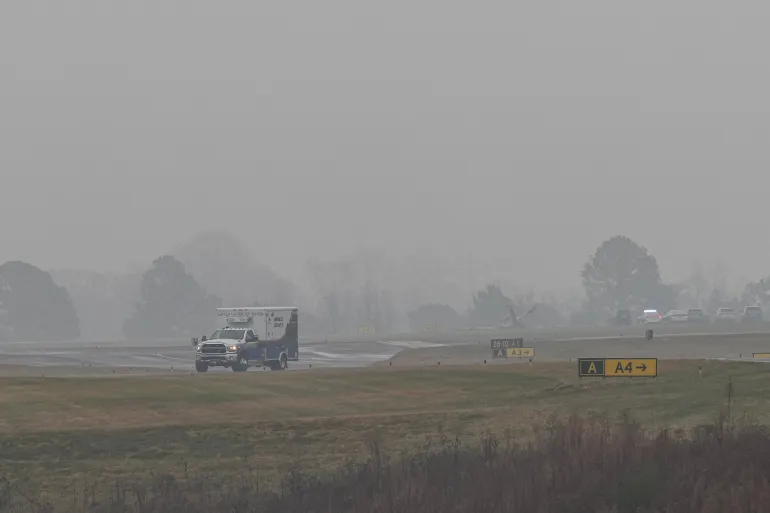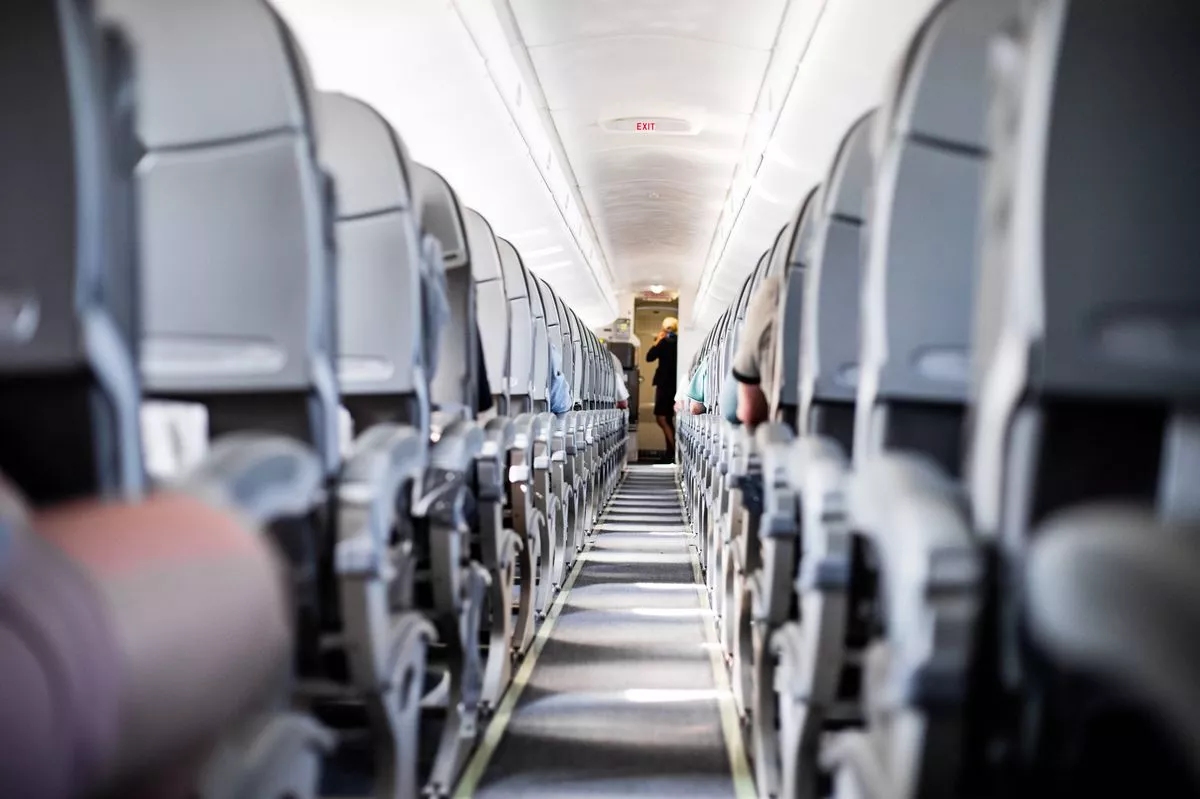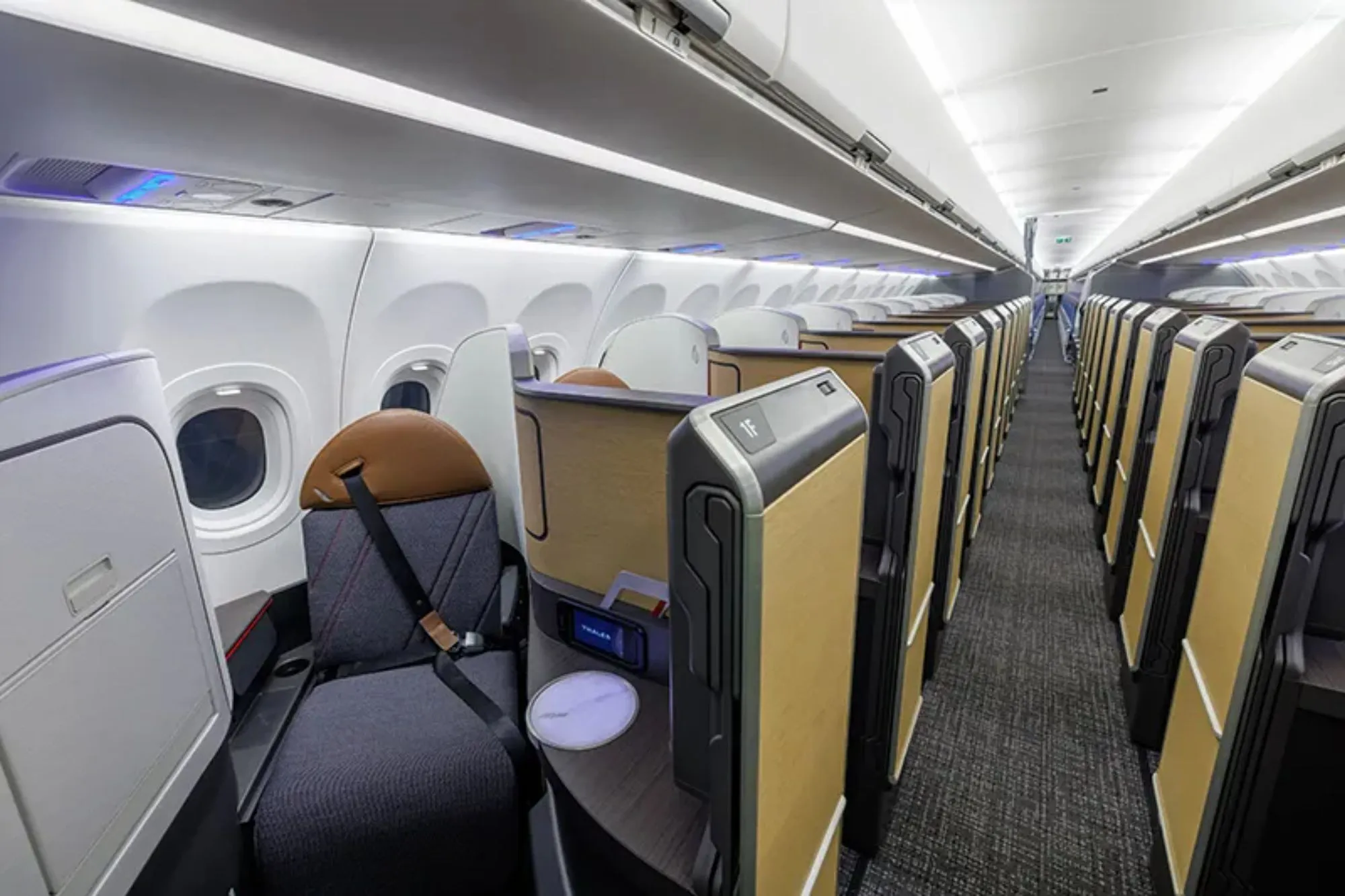A woman has shared how an ‘entitled’ plane passenger tried to ban her from reclining her seat on a plane – and it has sparked a debate on whether it should or shouldn’t be allowed
A woman has slammed an ‘entitled’ plane passenger who tried to ban her from reclining her seat during a flight. She explained how she simply wanted to relax on the flight, knowing she could end up with back pain otherwise, and decided to recline her seat back to help with this.
However, the 5ft 2ins woman sitting behind her had a thing or two to say after she reclined her chair soon after take-off. She said on Reddit: “I tried to recline my seat and it popped back upright. I tried again and realised the lady behind me was shoving my seat forward.
“I tried again and she yelled at me that I couldn’t recline my seat. I was very shaken up by the interaction, so I just stayed upright for like 10 minutes until I could see a flight attendant nearby.
“I was able to quickly recline and have my chair click into place so she couldn’t shove it forward.”
It was at this point that the woman raised her voice at her, causing everyone on the plane to turn their attention to the pair.
She said: “I told her everyone on the whole plane gets to recline their seat. She said I was reclining too far back, though…
“I told her my seat was in the same position as the person sitting in front of me and kind of held my hands up at her through the little gap between the seats, and then sat back. She didn’t try to talk to me again.”
Sharing her regret, she says she wishes she’d called over a flight attendant to deal with the situation rather than facing the woman directly.
She added: “The whole thing made me so uncomfortable. Even the tall guy whose knees were jammed into the seat in front of him was getting involved, telling her she needed to calm down.”
Commenting on her post, one user said: “It’s such a doomed situation all around. Some people you are literally crushing their legs, and it’s horrifically uncomfortable to sit fully upright if you nod off. Airplane hell.”
Another user added: “I was shocked on a German train when I noticed the recline function in the seat worked by sliding the seat forward… this allowed the person to recline all they wanted, but into their own space.
“I still have no idea why this doesn’t exist in airplanes, as it would fix the problem once and for all. Want to recline? Sure… into your own space!”
A third user said: “As a tall person with long legs, it’s not that I don’t want them to recline, it’s that there is physically no room for the chair to come back any farther.
“Usually, I am flying domestically, and the options for buying a seat with more legroom don’t exist on many of the flights.”













